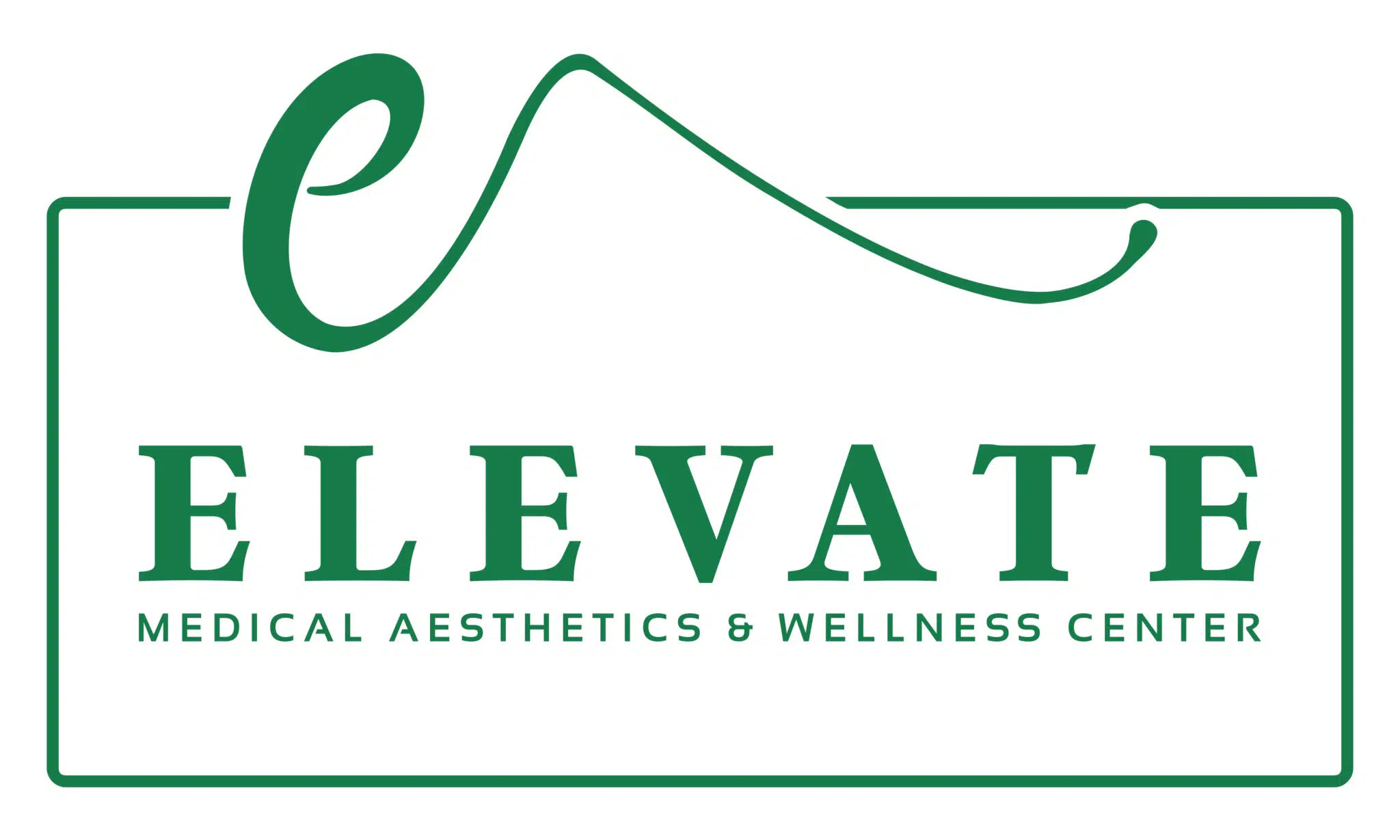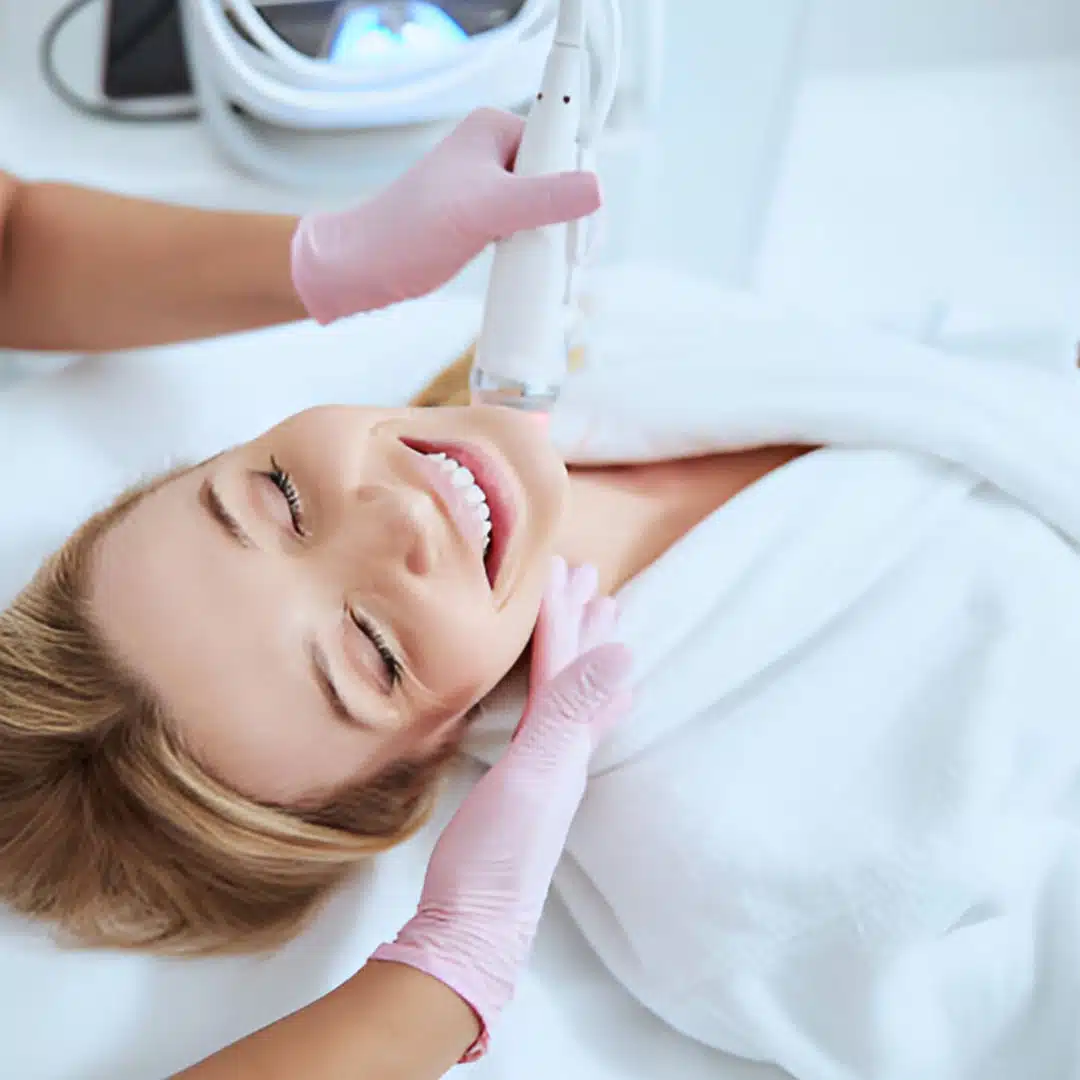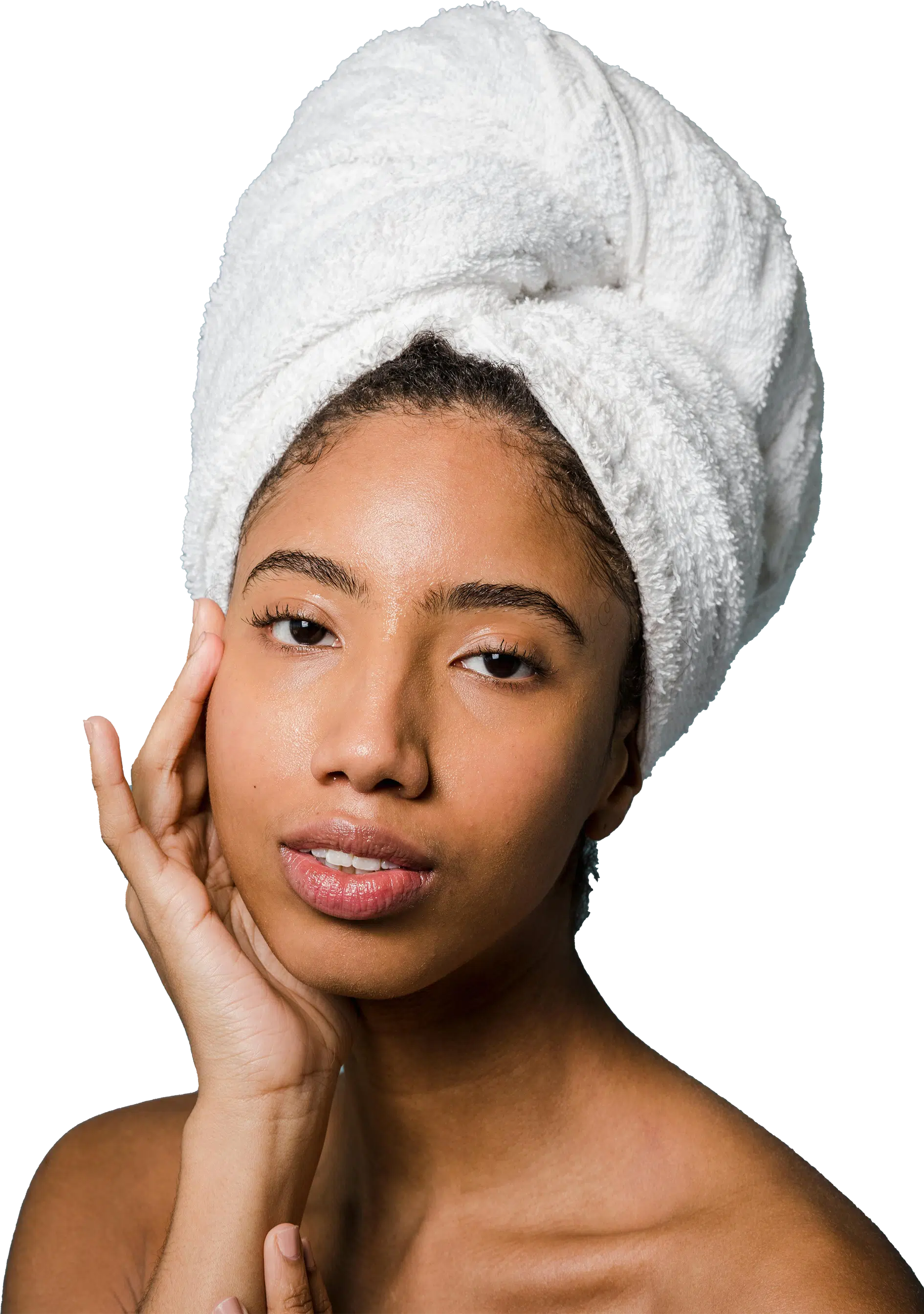Recovery and Downtime
After undergoing radiofrequency microneedling, patients may experience mild swelling, redness, and bruising in the treated areas. This is a normal response as the skin heals and regenerates. The initial reaction may resemble a sunburn, and these side effects typically subside within a few days. Proper post-procedure care is essential. Keeping the skin clean and moisturized can help support the healing process while minimizing the risk of infection. Patients should also avoid direct sunlight, harsh skin care products, and strenuous activities that may exacerbate discomfort during the initial recovery period.
The downtime associated with this minimally invasive procedure varies depending on individual skin types and the specific parameters used during the treatment. Most individuals can return to their normal activities within a day or two, though some may choose to take additional time off to allow for optimal healing. As the skin continues to heal, patients may notice gradual improvements in skin texture and appearance, including reduced wrinkles and acne scars. Regular follow-ups with a qualified dermatologist can ensure the best results and address any concerns that arise during recovery. We proudly offer radiofrequency microneedling treatments at our convenient locations in Havertown, PA, and West Chester, PA, helping clients in both communities achieve tighter, smoother, and more radiant skin.
Post-Procedure Care
After the radiofrequency microneedling procedure, proper post-care is essential for optimal healing and results. Patients should keep the treated areas clean and avoid touching or picking at the skin, as this can introduce bacteria and lead to infections. Using a gentle cleanser and moisturizing with hyaluronic acid gel can help support the skin’s recovery. It’s also advisable to apply a broad-spectrum sunscreen with SPF to protect the newly treated skin, reducing the risk of pigmentation changes and further irritation.
Patients may experience some erythema and swelling, which is a normal part of the healing process. To soothe these symptoms, cool compresses can be applied. Staying hydrated and maintaining a healthy diet will facilitate the natural healing process. Practitioners may recommend scheduled follow-ups to assess healing and discuss any concerns. Avoiding excessive sun exposure and harsh skincare products, like chemical peels or lasers, during the recovery period will ensure the best outcomes for your skin tone and complexion.



